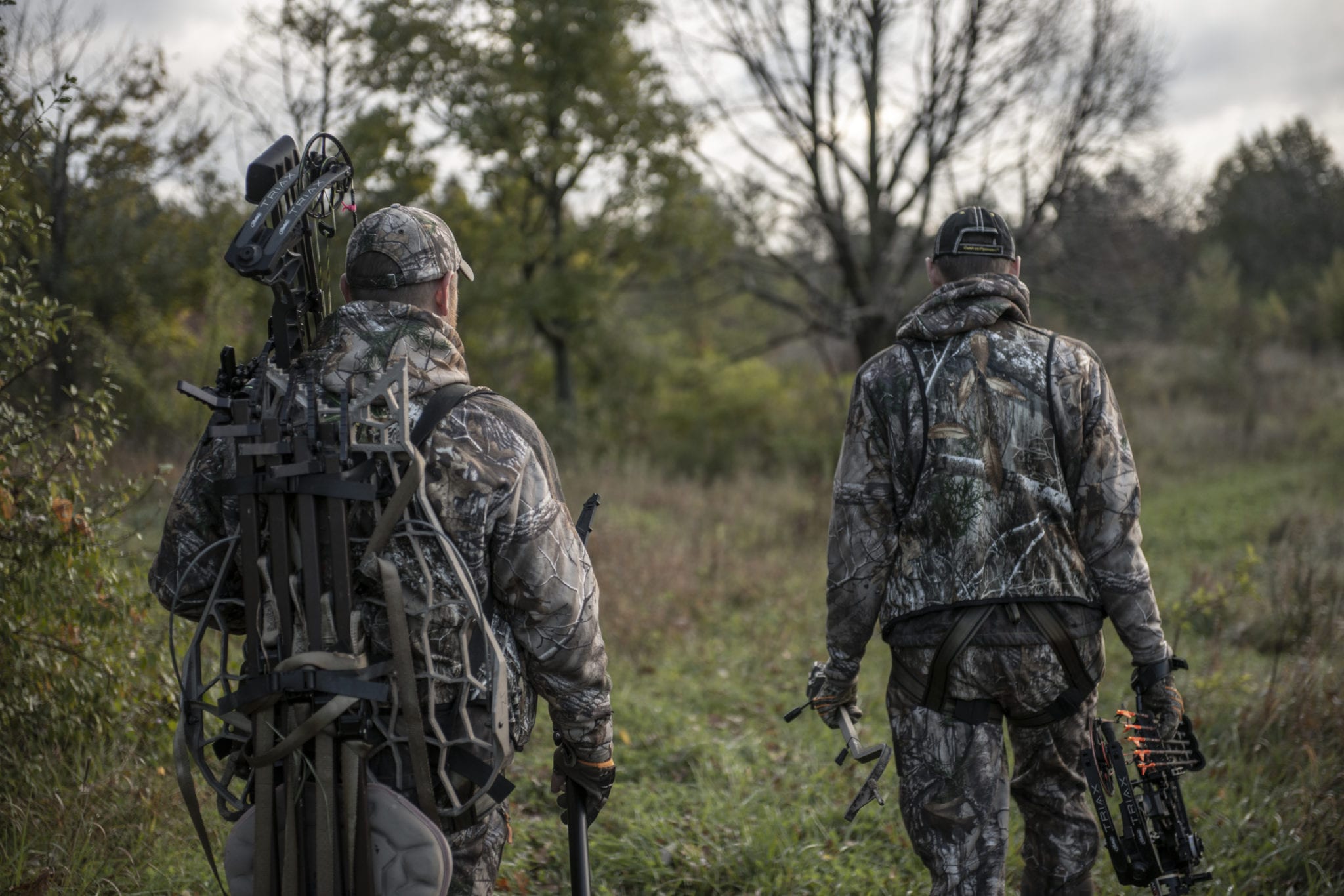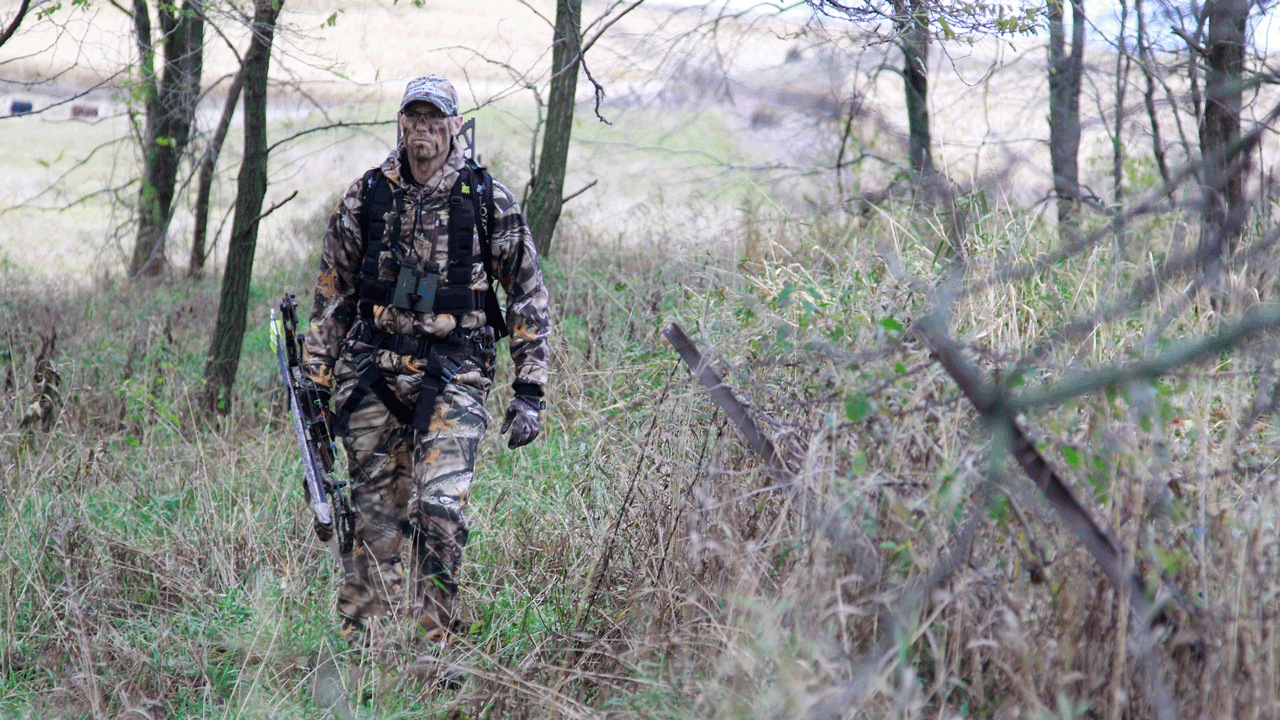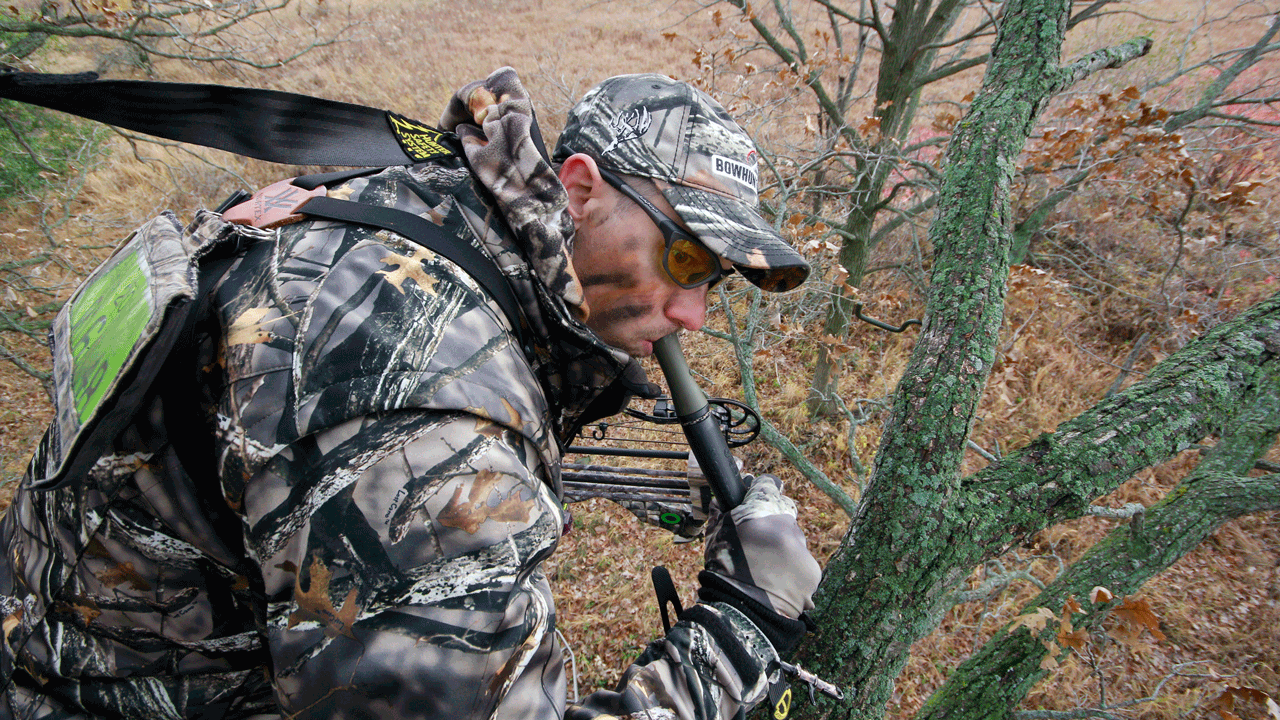November is a month of anticipation, high hopes, dreams, success and failures. One which affects more people than any other, if you’re a deer hunter. November is what we plan and dream the other eleven months about. Whether or not your November is one to remember in a good – or a bad – way can come down to a few little things. Here are 6 rut rules you should know this season as we head into November.
Know When to Move
If after sitting in your stand(s) during October, you find that the best action is down the ridge a ways or at the other end of the field – move. Sounds simple enough, right? Sure, when you are in a good spot, sometimes it is best to hang in there and let the law of averages work for you, but at other times you can’t move fast enough. Deer activity will tell you where you need to be so don’t be afraid to heed the advice.

Knowing when to pick up and move can be half the battle.
Funnel Deer Your Way
Funnels and pinch points work well for intercepting deer at all times of the season, and now is no different. While it’s true that during the rut, bucks get a little crazy and can end up anywhere at any time, they still know how to use cover to their advantage. The does don’t lose their common sense during the rut like the bucks do and will tend to stay close to cover, thereby making pinch points good places to get close to love-sick bucks following does.
Another plus to hunting pinch points during the rut is that by now many other hunting seasons are usually open. As the upland bird and rabbit hunters get out in the fields, they are going to invariably send the deer on the run. By being positioned in a pinch point (which also usually serves as an escape route for pressured deer) your odds of encountering a buck that was pushed from his bed go up.

Funnels and fencerows are a great bet during the rut.
Don’t Forget Fencerows
Fencerows are also one of my favorite places to head off rutting bucks. There are a couple of reasons for this. First, fencerows often connect two or more areas of cover to one another and are often the only available travel route between these places that offers any cover at all for the deer. During the rut, bucks will cover a lot more ground than normal, meaning they will likely be using fencerows to get from woodlot to woodlot. Secondly, when crosswinds blow across a fencerow, bucks use this to their advantage to more efficiently seek out estrous does. If you take a fencerow that runs north to south, for instance, and there is either an east or a west wind blowing, mature bucks know that by traveling this fencerow that they can more effectively scent-check for any estrous does that may be upwind. It equals less ground to cover for the buck, which makes his search more efficient.
Use Calls to Make Things Happen During the Rut
Certain types of deer calls can work at various times of the season, but never is there a better time to utilize these tools than during the rut. I make it a point to call to every buck that I see (if he is one I want to take) during the rut if it is obvious that he is not coming in my direction. Trust me, you have nothing to lose by giving it a shot. The deer may not react to the call at all, but they will rarely, if ever, spook from it. So even though calling to a cruising buck may not do you any good, it won’t hurt you either.

There’s no better time to call to deer than during the rut.
Hunt Mid-day During the Rut
Sure, early mornings and late afternoons are the times of peak deer movement, but deer can and sometimes do move at times in between. Especially during the rut, deer – bucks in particular – can be seen up and on their feet just as easily at noon as they can be at dawn or dusk. As a matter of fact, the rut is about the only time that many big, mature bucks move at all during daylight hours. Before and after the rut, they tend to be nocturnal in nature. So, if you can’t make it out to your stand until nine or ten in the morning, during the rut that may just be a good thing.
Be Prepared
There is nothing worse than getting to the rut and knowing that you aren’t prepared to take advantage of it. I know, I have been there myself. Life gets busy and work and family definitely take precedence. But on those occasional days that you can escape for a hunt, you’ll enjoy them more if you know you’re ready. Keep your gear in check, quiver full, and pins dialed in. Anything can happen during the rut. Be sure you’re prepared and ready when it does.

 By
By 



